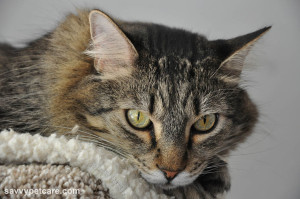 If you feed your cats dry food, the best thing you can do for their health is to STOP. I know it is convenient. I know it is less expensive. I know your cat loves it. But it is not good for your cat. Here are, in my opinion, the two most dangerous things about dry food.
If you feed your cats dry food, the best thing you can do for their health is to STOP. I know it is convenient. I know it is less expensive. I know your cat loves it. But it is not good for your cat. Here are, in my opinion, the two most dangerous things about dry food.
Too Little Moisture
The ancestors of our domestic house cats were desert-dwelling wild cats of the Middle East. These ancestors passed down to our pets super-efficient kidneys designed to extract the maximum amount of water possible from their prey. Cats have a low thirst drive and usually don’t drink until they are about 3% dehydrated. This may not sound that bad but it is a level at which many veterinarians would consider giving supplemental fluids.
A cat’s natural prey, the mouse, is about 65-75% water. Dry food is less than 10% water. When all sources of fluid intake are added together, what’s in their food and what they drink, cats eating a dry food diet consume less than half the water of a cat on a canned or raw diet. On a dry food diet, minerals from the kibble and metabolism build up in the bladder because of the reduced frequency of urination, producing hyper-concentrated, over-saturated urine leading finally to blockage. In addition to urinary crystals and stones, this chronic dehydration is responsible for or contributes to many other health issues including bladder infections, constipation, and kidney disease.
Too Many Carbohydrates
Dry foods, no matter how premium or even prescription, are mostly grain-based (or now, other inappropriate carbohydrate sources like potato and pea flour) and contain about 25 to 50% carbohydrates. Cats have no nutritional requirement for carbohydrates and feeding them a diet high in carbohydrates is detrimental to their health.
Pet manufacturers may tell you their pet food contains carbohydrates for energy. Humans use carbohydrates for energy but cats use protein and fat and have little ability to digest carbohydrates. When cats process carbohydrates, they are turned directly to fat which promotes obesity. Obesity leads to many other health issues like high blood pressure, pancreatitis, arthritis, inflammatory bowel disease, and so much more.
Carbohydrates raise blood sugar levels higher and faster than other nutrients and trigger the release of insulin. When cats have dry food available all the time, they nibble multiple times a day causing multiple sharp swings in blood sugar and the release of insulin. Over secretion of insulin causes cells to become insulin resistant. That’s just one reason dry food is a major contributor to feline diabetes.
Give Your Cat the Gift of Health
So, no matter how healthy your cat may seem on a dry food diet, consider what it may doing in the long term. If your cat is a dry food addict, there are many articles on the internet to help you transition your cat to a wet or raw food diet. It might take a good amount of time but don’t give up. Your cat’s health depends on it.
Additional reading:
Live Science: House Cats’ Wild Ancestor Found
Little Big Cat: 10 Reasons Why Dry Food is Bad for Cats & Dogs
Feline Nutrition Foundation: What Dry Food Does to Your Cat’s Pee
Keep your pets hydrated and active!
This post contains Amazon Associate links which means we receive a small commission if you click from our site and make a purchase. Thanks for your support!





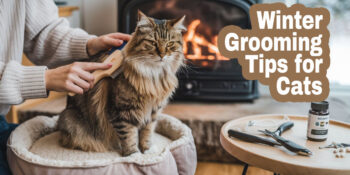
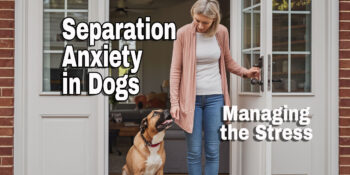

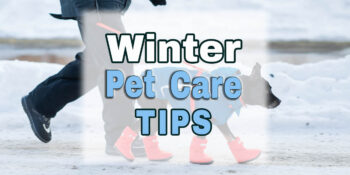
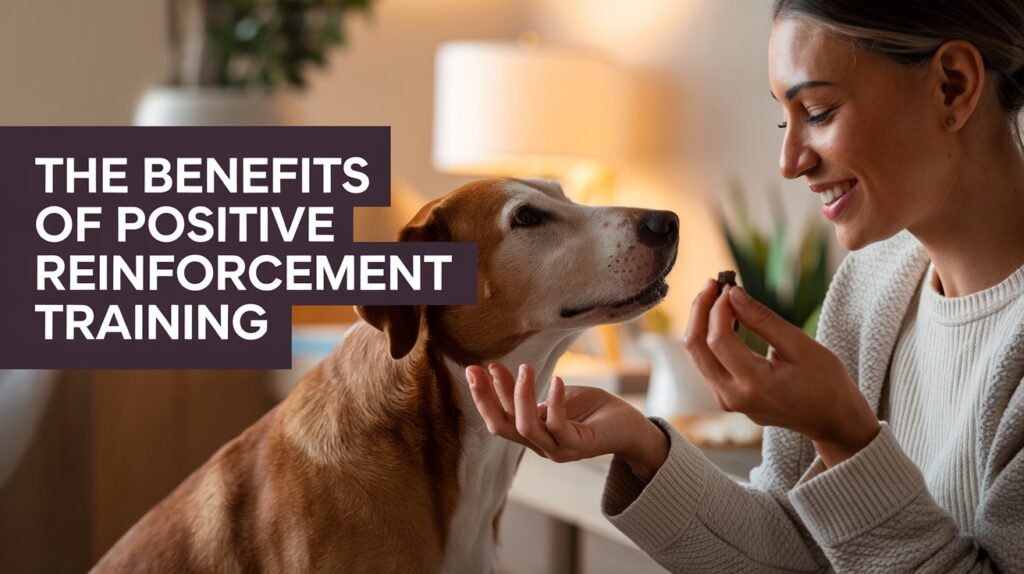
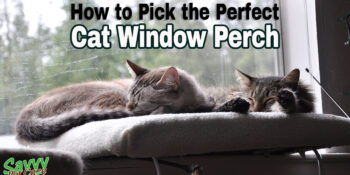
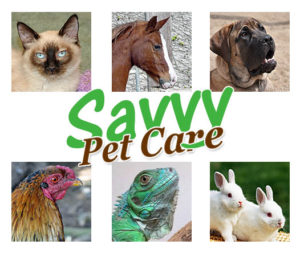
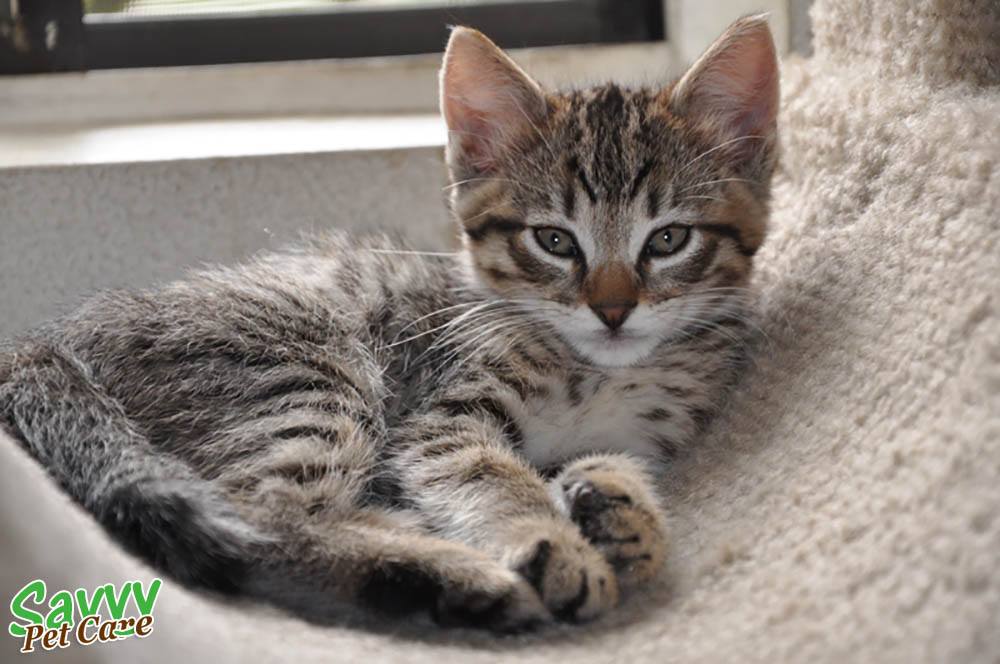
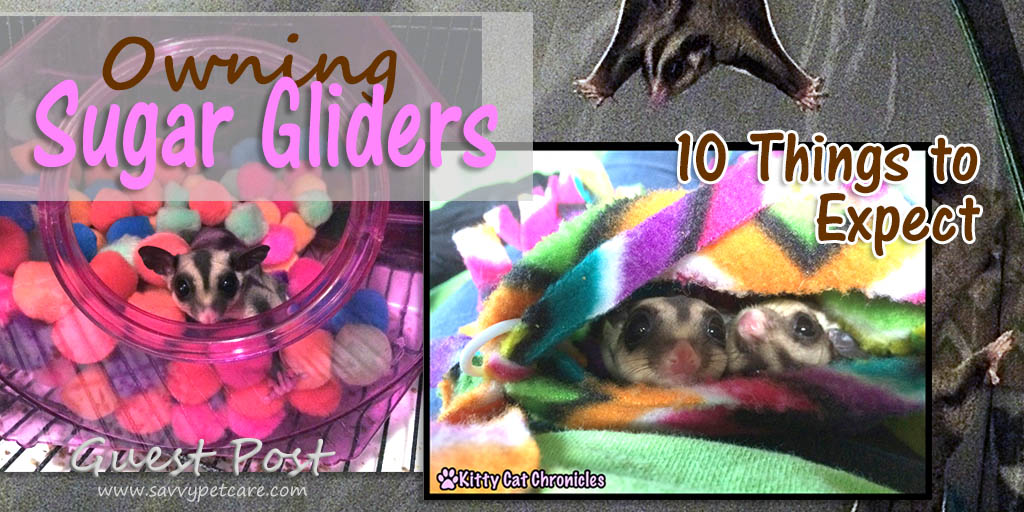


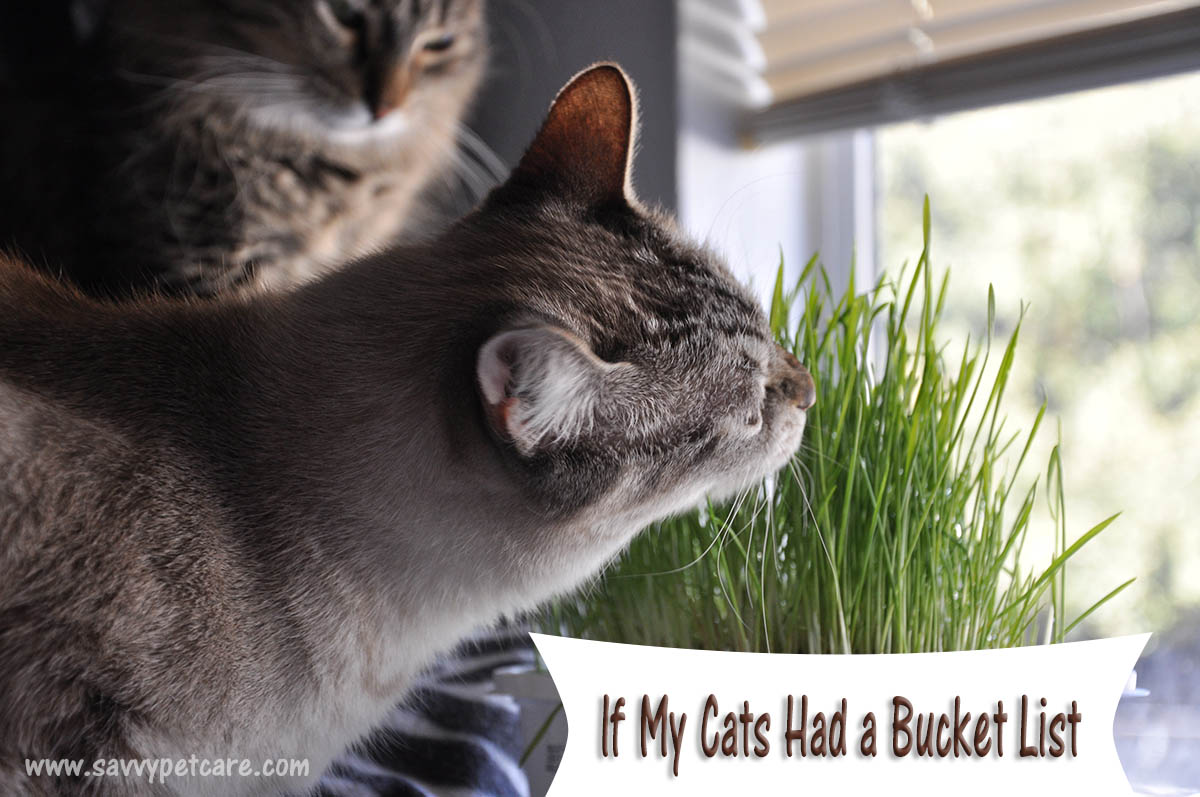
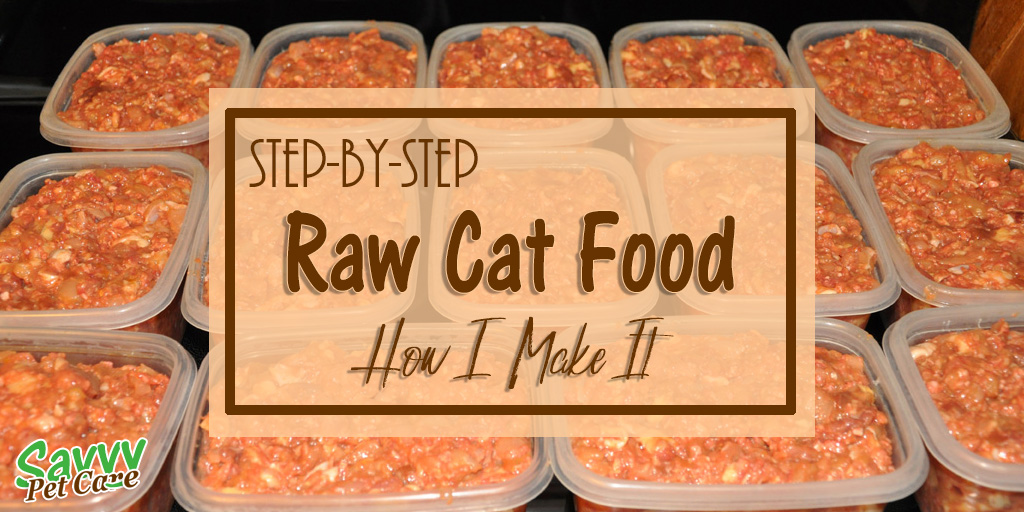
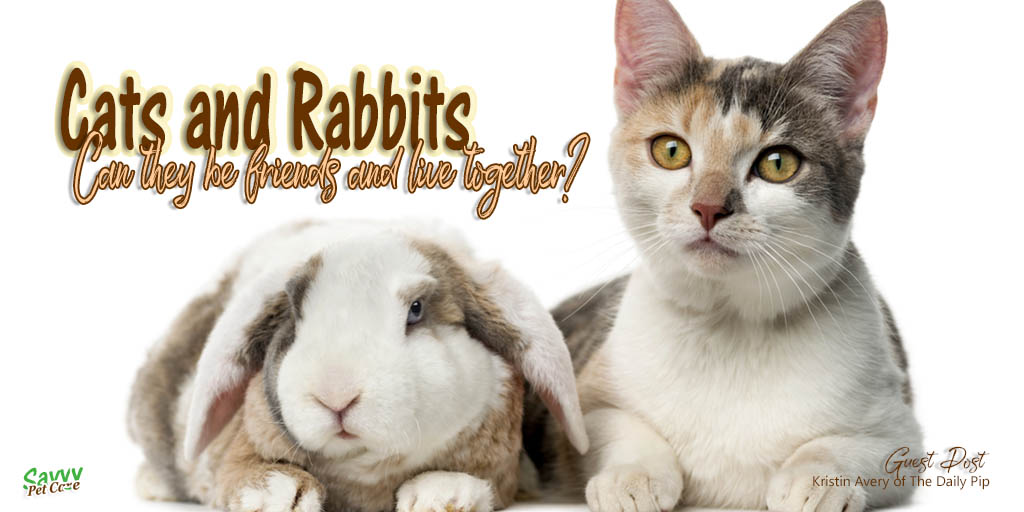
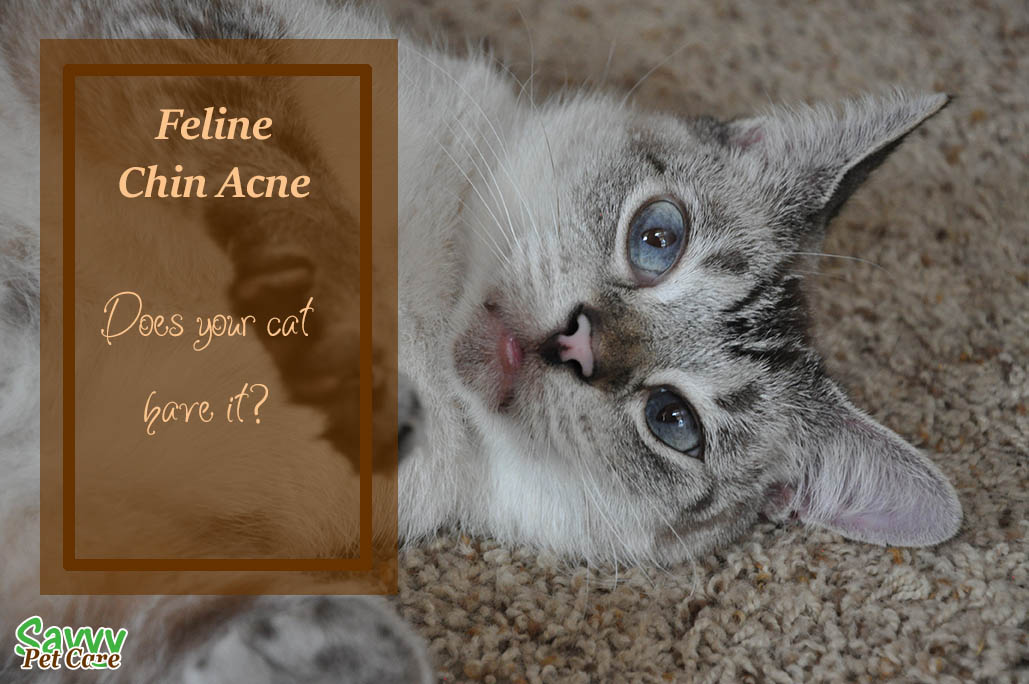
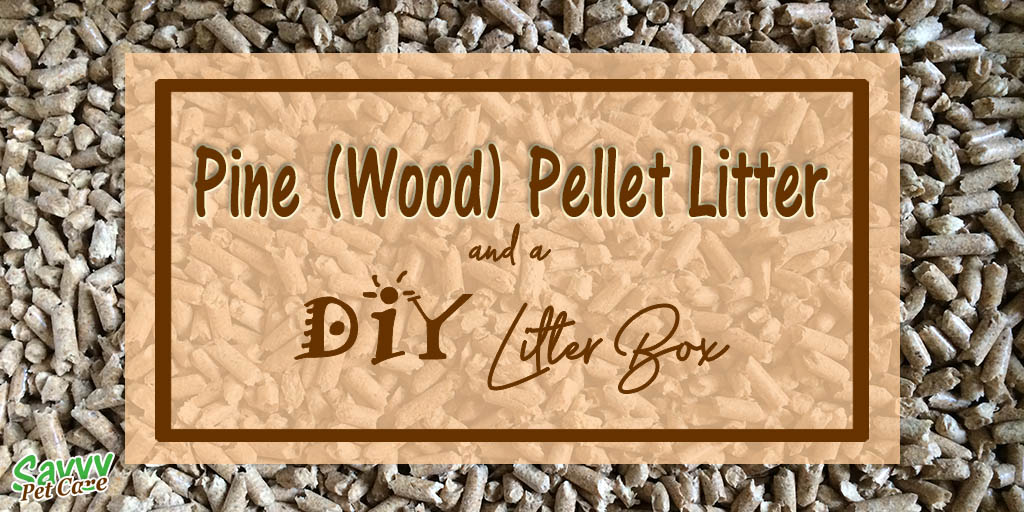

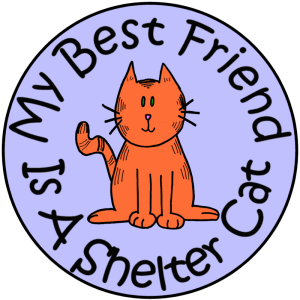
Pingback: 7 Benefits of a Raw Diet for Cats - Why You Should Consider It
Pingback: Traveling with Cats -- Are cats better traveling companions than dogs? | Gold Country Cowgirl
Pingback: Canning Raw Pet Food - Why Do It? - Savvy Pet Care
Pingback: How to Prevent Cat Hairballs - Savvy Pet Care
Pingback: 3 Reasons to Rotate Proteins in Your Pet's Diet - Savvy Pet Care